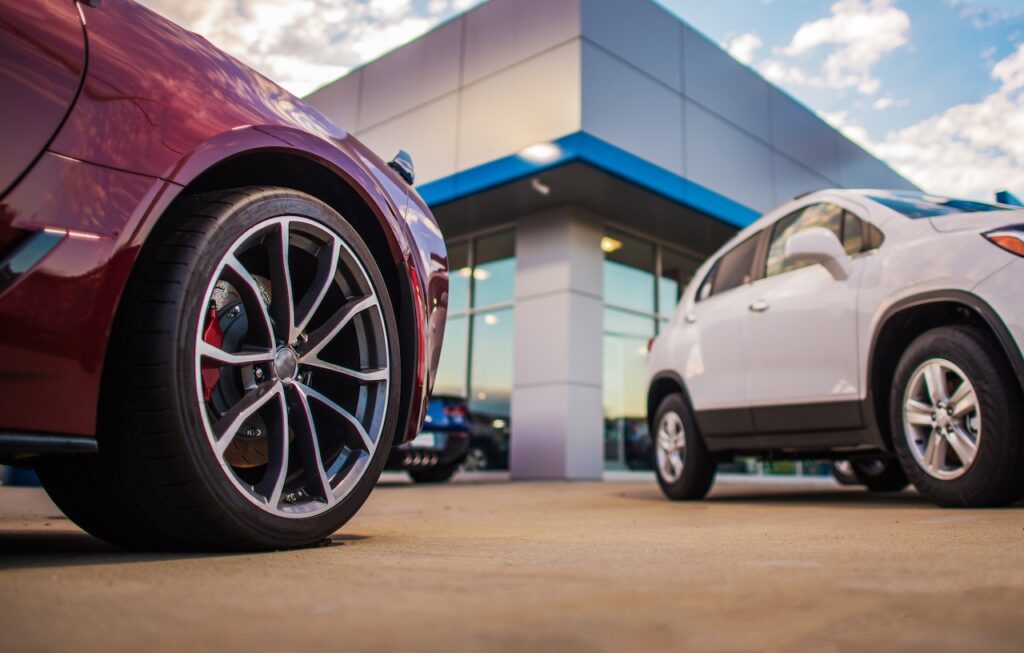Harnessing the Power of PPC for Automotive Advertising

Navigating the Digital Landscape with PPC for Automotive Advertising
Digital marketing has become a driving force in the automotive industry, and amidst this shift, Pay-Per-Click (PPC) advertising has proven itself as an indispensable tool. For businesses looking to penetrate their target audience, increase their digital footprint, and drive their sales upward, PPC advertising offers an effective route. In the age of digitalization, where businesses are defined by their online presence, PPC allows automotive dealerships to tailor their advertisements to specific demographics, geographic locations, and even car models or brands. Leveraging this power can give automotive businesses a competitive edge in today’s challenging digital terrain.
The Indispensable Role of PPC in Modern Automotive Marketing
In an era where consumers habitually turn to the internet for their needs – be it research or purchases, traditional marketing methodologies no longer make the cut. Here enters PPC advertising, offering the automotive industry the opportunity to create targeted campaigns that appeal to the needs and interests of potential clients actively scouring the internet for automotive services or products. Moreover, PPC advertising’s measurable results permit automotive businesses to continuously refine their campaigns based on actionable insights and data-driven strategies. Hence, it is not an overstatement to say that PPC is a critical instrument in the toolbox of modern automotive digital marketing.
The Mechanics of Keyword Targeting for PPC in Automotive Advertising
To effectively utilize PPC advertising in the automotive industry, a comprehensive understanding of keyword targeting is essential. It begins with exhaustive research about the industry, competitors, and the prevalent search phrases related to automotive services or products. This research forms the foundation of keyword-based ad groups, which are then used to drive traffic and conversions. But, bear in mind that simply relying on popular keywords may not be sufficient. As an advertiser, you need to grasp the intent behind each search query, thus enabling the creation of more focused campaigns that increase your chances of ROI.
Mastering the Art of Ad Copy for Google and Bing Ads in Automotive Advertising
Crafting compelling ad copies for your automotive advertisements is vital to stand out and engage potential customers. When developing ad copy for Google and Bing ads, you must consider the distinctive elements of the automotive industry. Emphasize specific models, features, or promotions that could seize the attention of car shoppers. Incorporating strong action words, pricing information, and benefits of your products can make your ads more persuasive and effective. In addition, adding location-specific keywords increases your visibility in local searches, attracting customers ready to purchase.
Designing High-Converting Landing Pages for PPC Automotive Advertising Campaigns
In the realm of PPC automotive advertising, the landing page plays a decisive role. It is the primary point of interaction for potential customers, and its design and content could significantly influence their decision to purchase. A successful landing page must have a clear objective, a prominently displayed call-to-action, a clean design, mobile optimization, and captivating content. These elements work together to create a landing page that converts website visitors into leads, and ultimately, customers.

Maximizing ROI Through Optimization of PPC Campaigns in Automotive Advertising
It is essential to fine-tune your PPC campaigns to achieve the highest ROI. This involves identifying and aligning the right keywords with your ad copy and landing pages. Additionally, segmenting your campaigns by factors such as location and device type can help optimize your reach. However, the key to optimizing your PPC campaigns for maximum ROI lies in consistently analyzing metrics and making necessary adjustments. Testing different ad formats and refining your campaigns based on the results will help drive more qualified leads to your dealership.
Google Ads vs. Bing Ads: Choosing the Right Platform for Automotive Advertising
Google Ads and Bing Ads are the two most prominent PPC platforms in automotive advertising. While both platforms offer similar benefits, certain key differences can influence an advertiser’s choice. Google, with its dominant market share, promises a larger audience reach. On the other hand, Bing’s partnership with Yahoo! and typically lower cost-per-click rates can be an advantage for some automotive advertisers. Also, the two platforms vary in their ad formats and targeting options. Understanding these differences can help you make a more informed choice for your automotive advertising campaign.

Conclusion: Harnessing PPC for a Successful Automotive Digital Marketing Strategy
As a concluding note, it’s undeniable that PPC advertising is an effective digital marketing strategy that provides automotive businesses the leverage to target and reach potential customers with unprecedented accuracy. The real-time tracking and optimization that PPC offers pave the way for continuous improvement, ensuring maximum ROI. As consumers increasingly turn to online research before making a purchase decision, PPC advertising has emerged as a pivotal tool in the automotive industry. By harnessing the power of PPC, automotive brands can assert themselves as market leaders and fuel their sales growth in the long run. In essence, for automotive businesses aiming to accelerate their online marketing efforts, PPC advertising should be a top priority.





